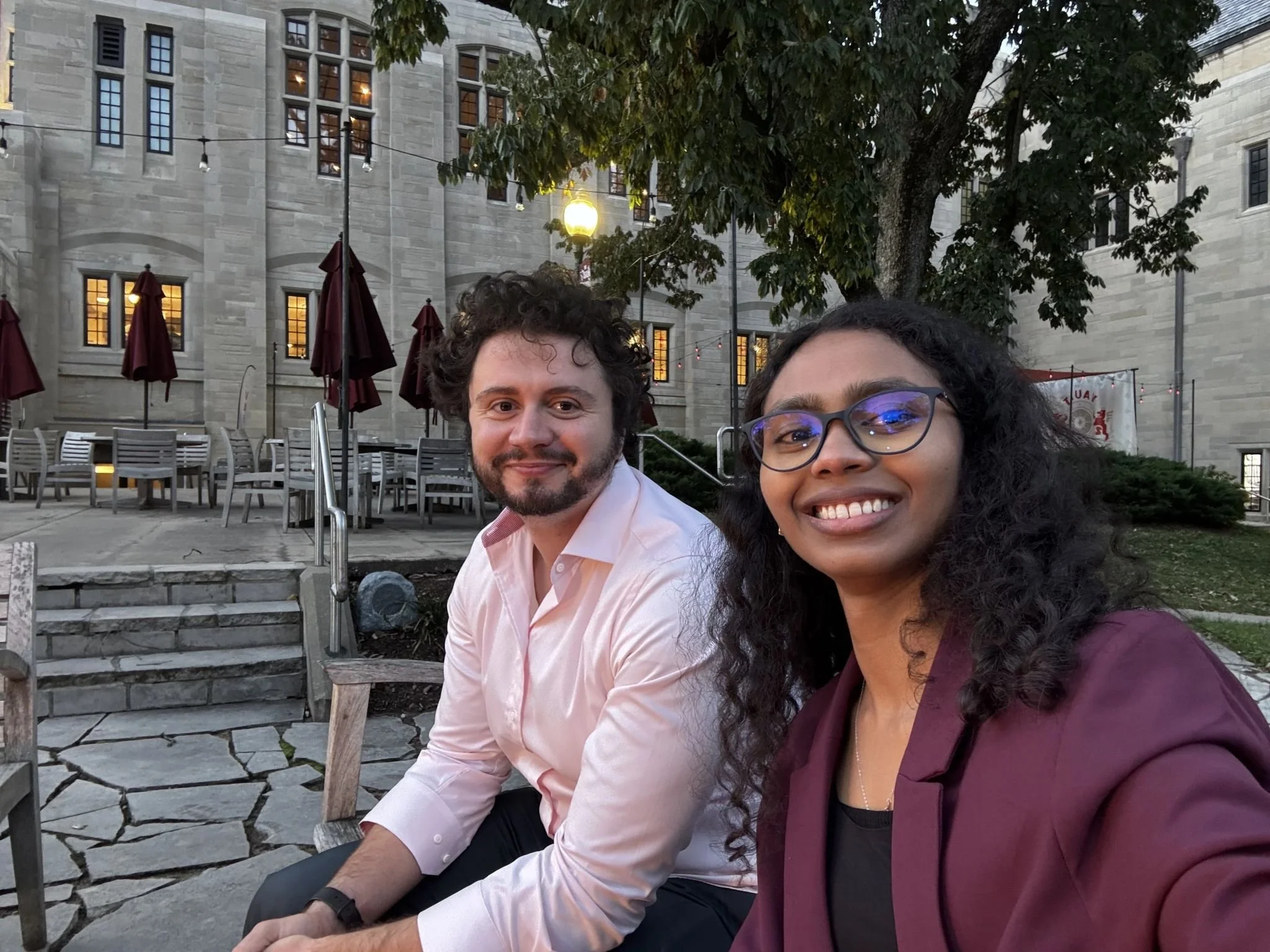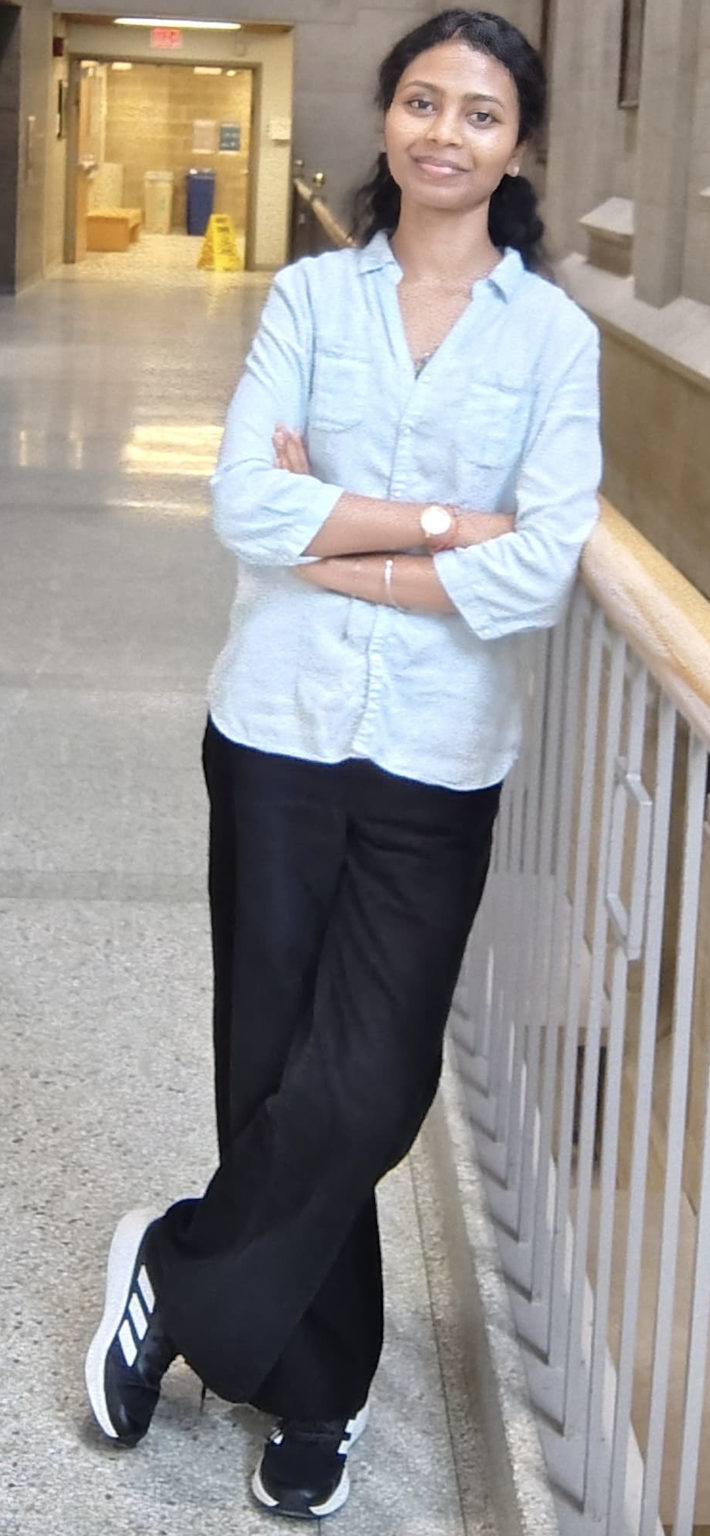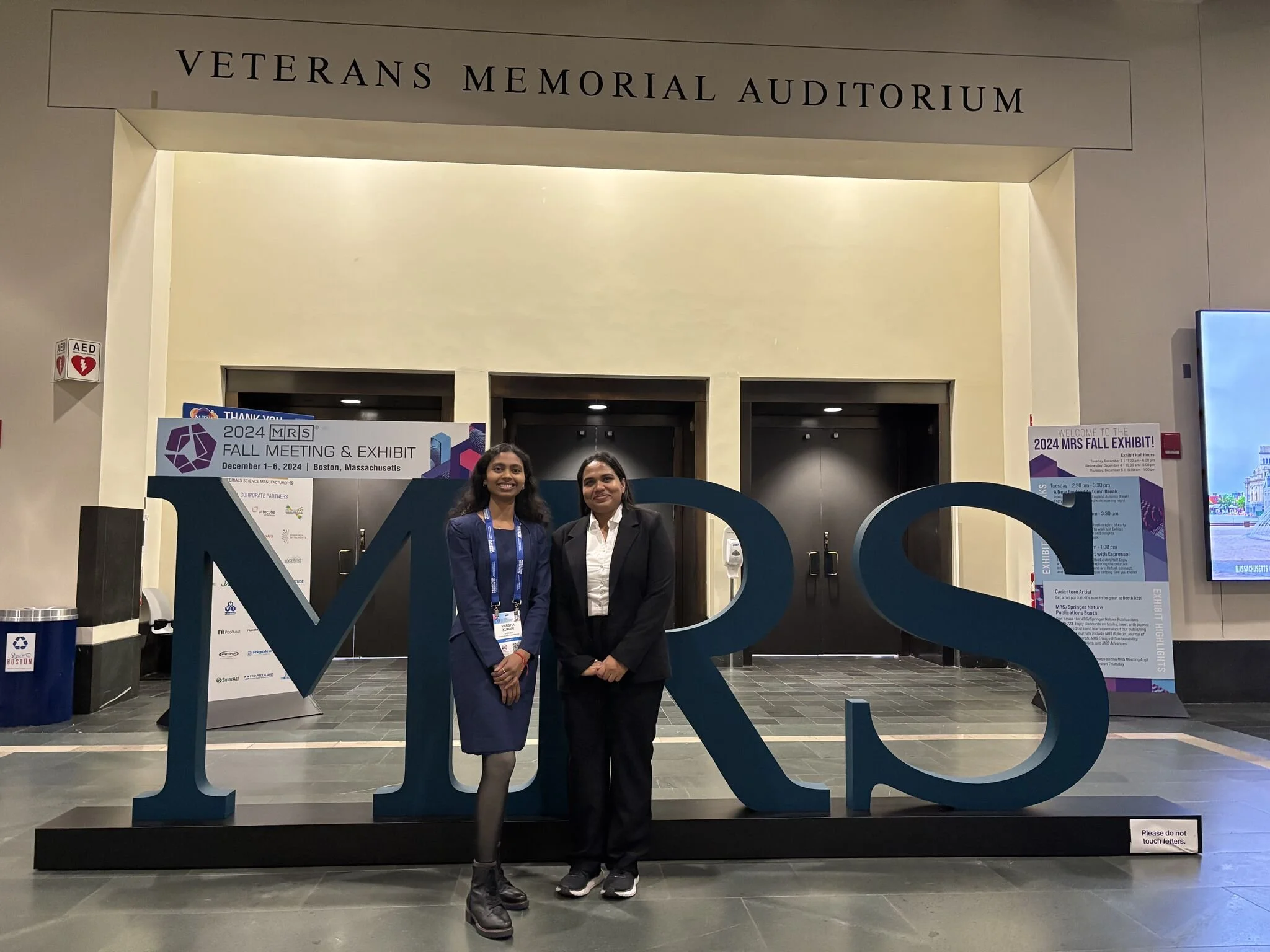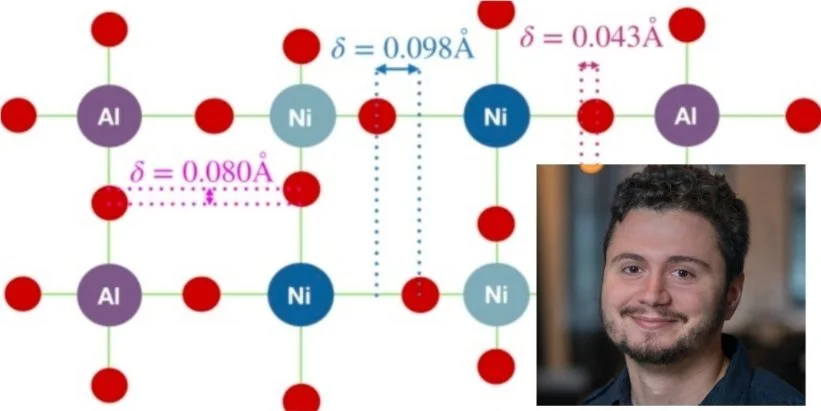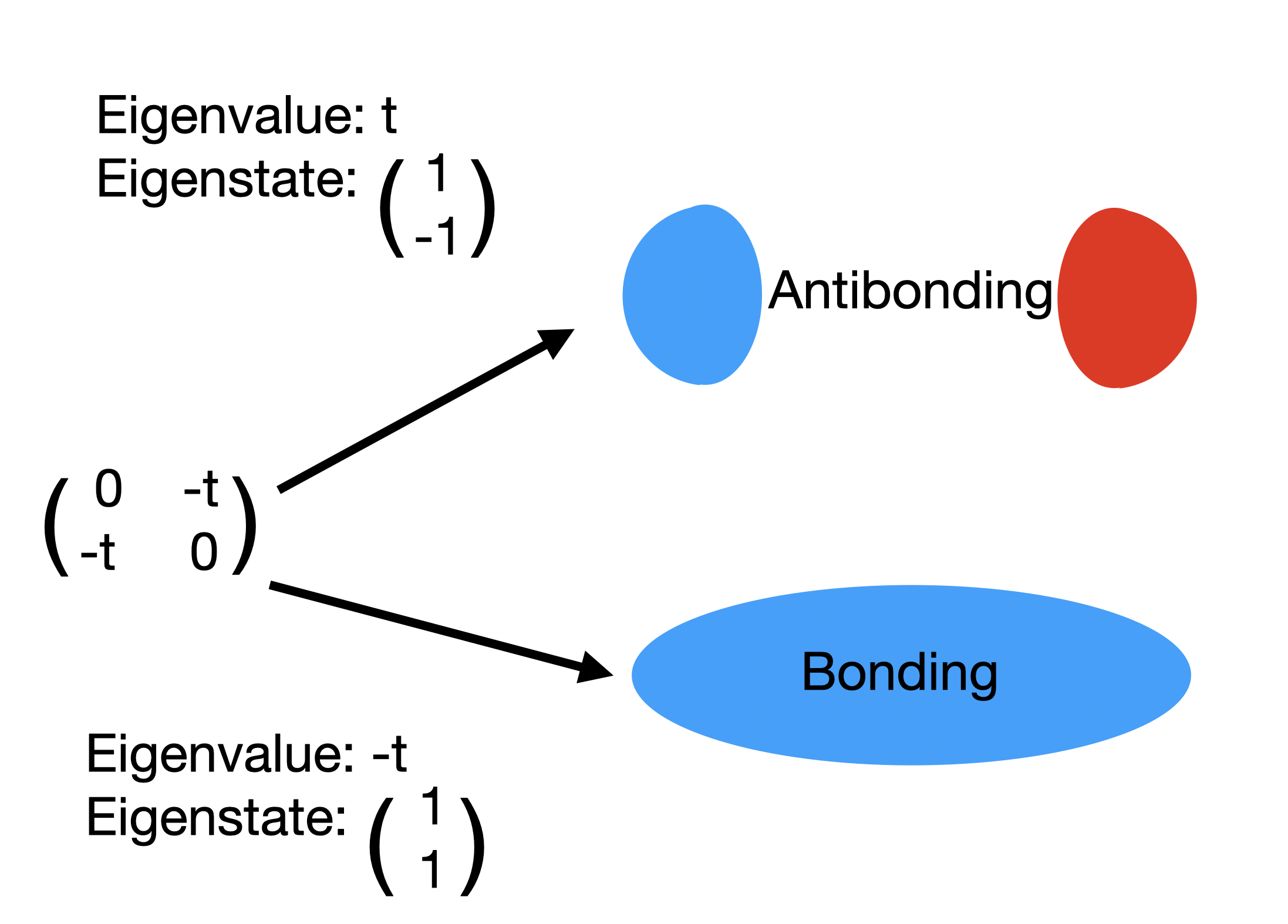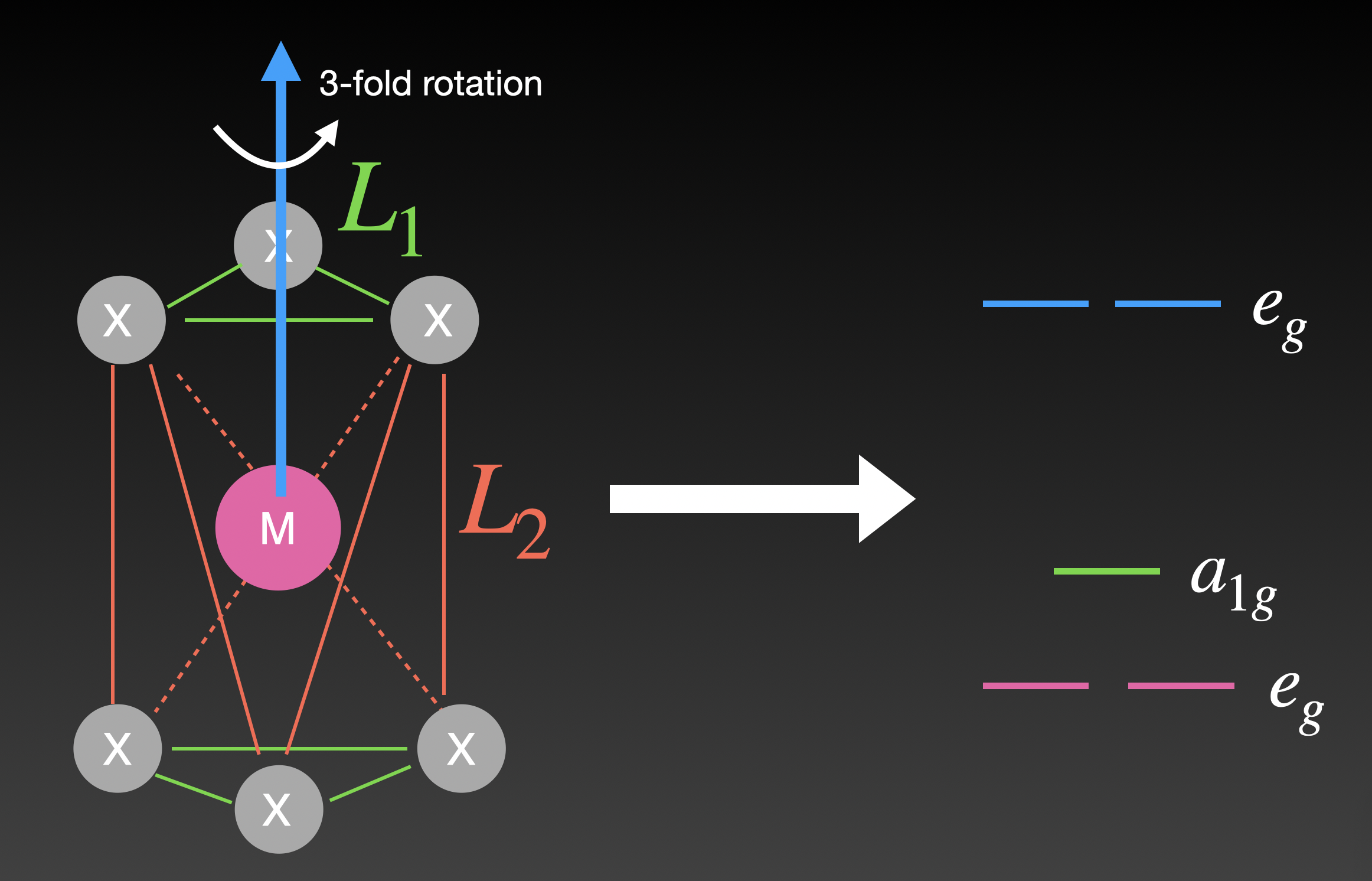As part of her work her first summer and fall semester, Madison Genslinger built her own tools to visualize electron localization basins around ELF localization function maxima, that export critic output into cif files for easier visualization in VESTA. The one caveat at the moment is that the electron localization basins are identified as H atoms for export into vesta, which is easy to fix. The Github also has some html+javascript files that can be opened directly in a browser, no Vesta needed.
You can also read more about Varsha Kumari’s work on these materials here: https://pubs.rsc.org/en/content/articlehtml/2025/tc/d5tc01981h
and Md. Rajbanul Akhond’s cluster materials explorer here: https://cluster-explorer.me/




